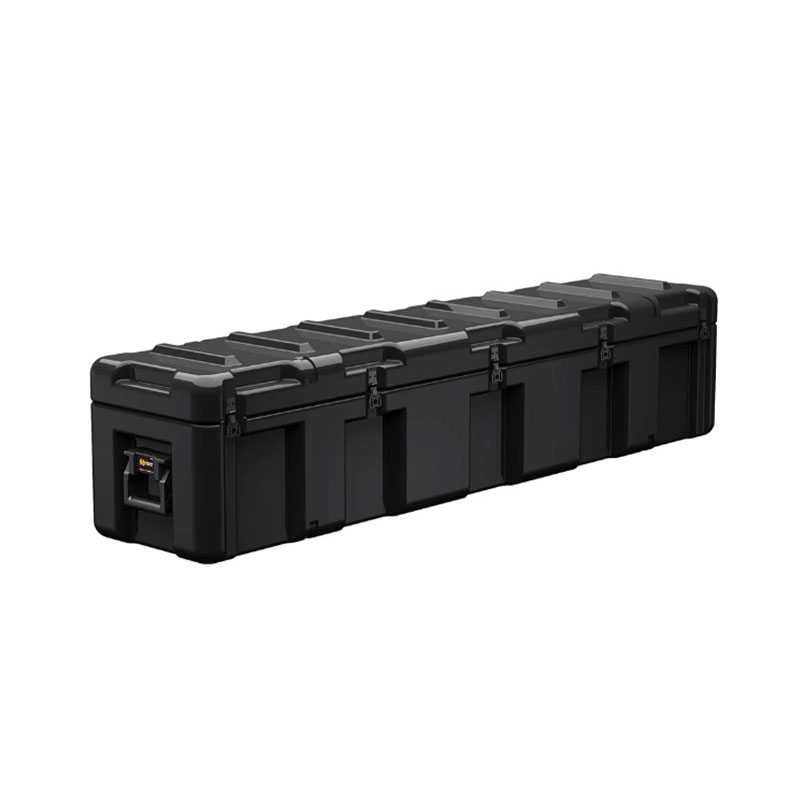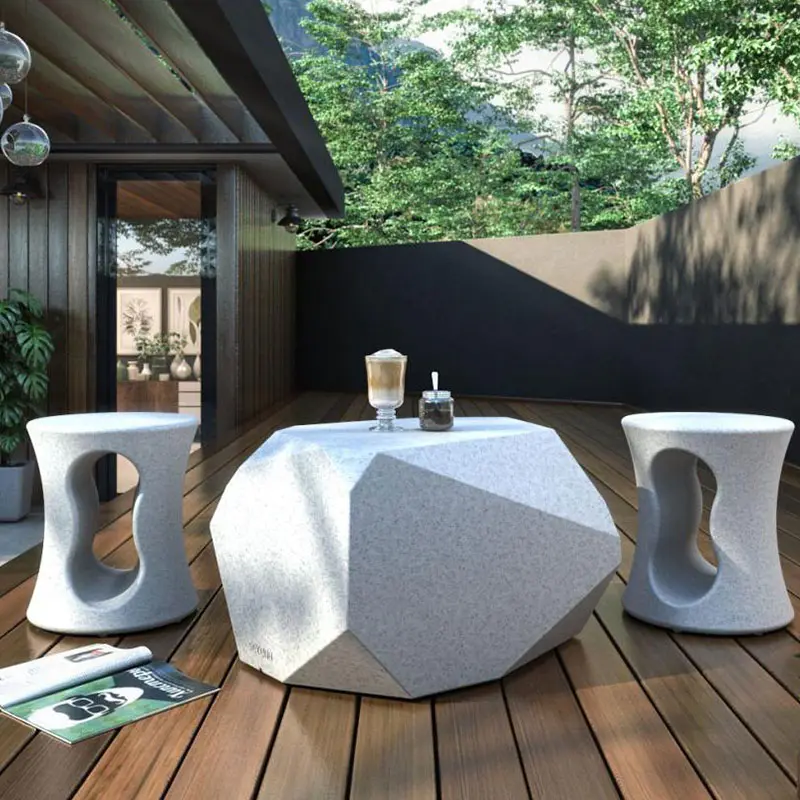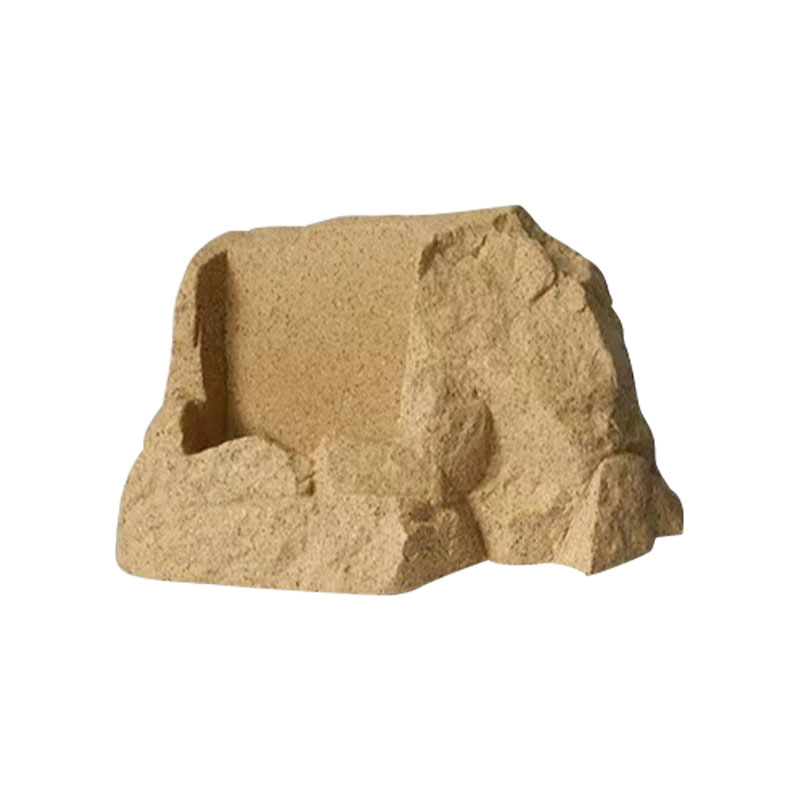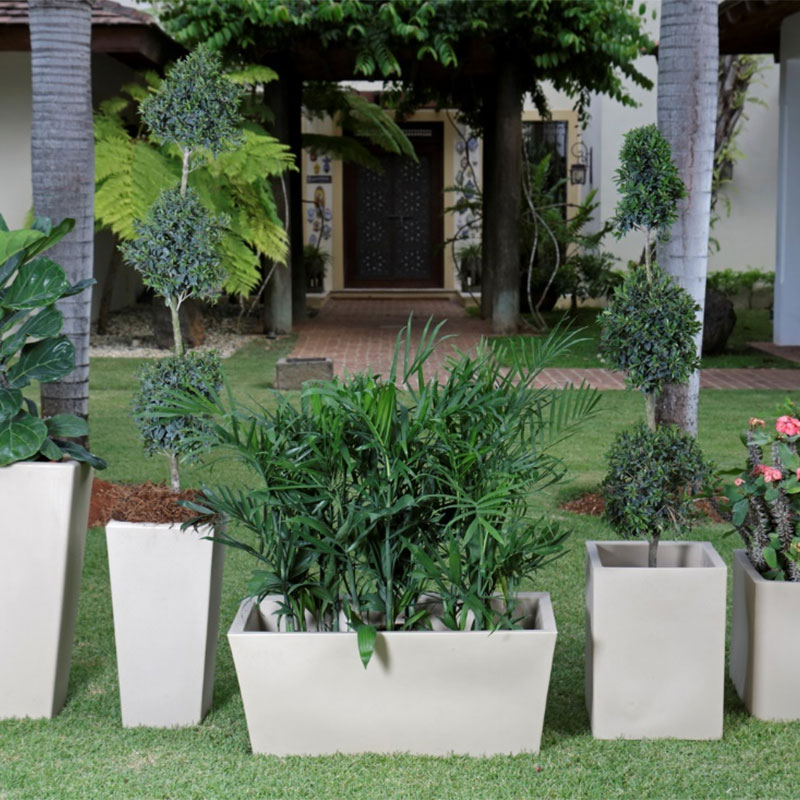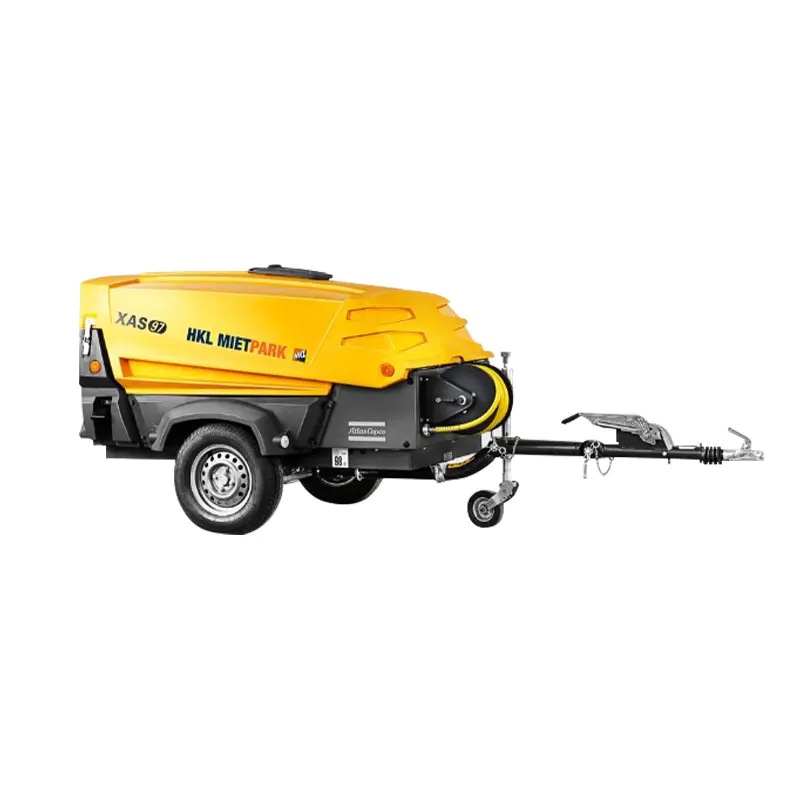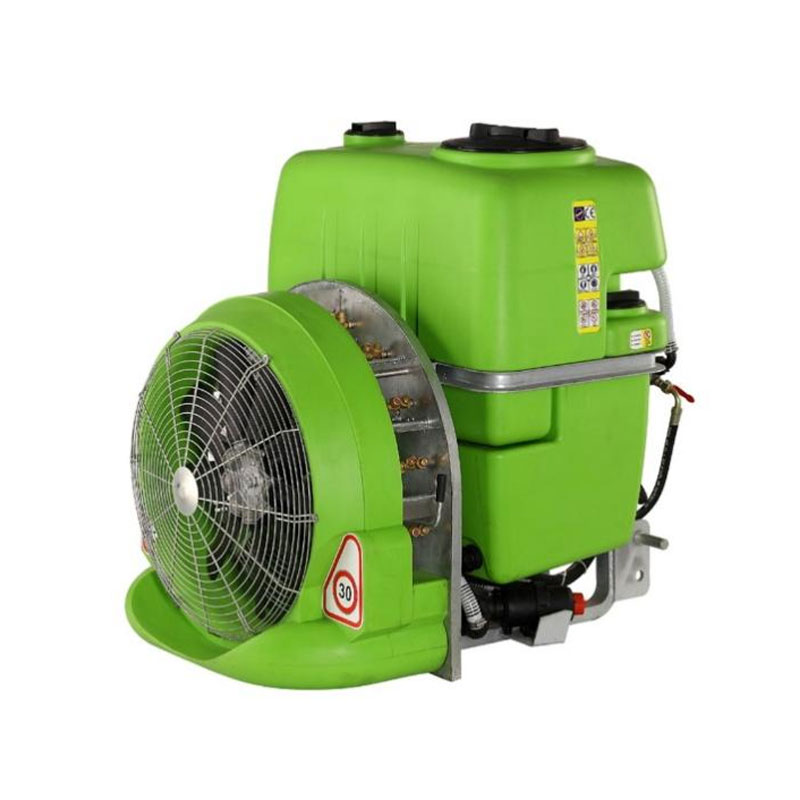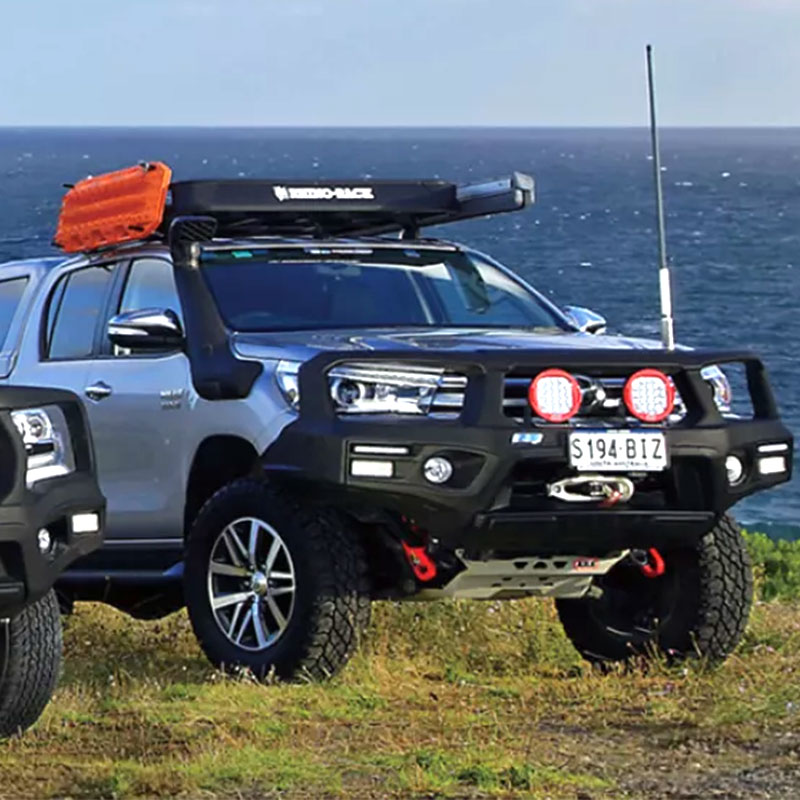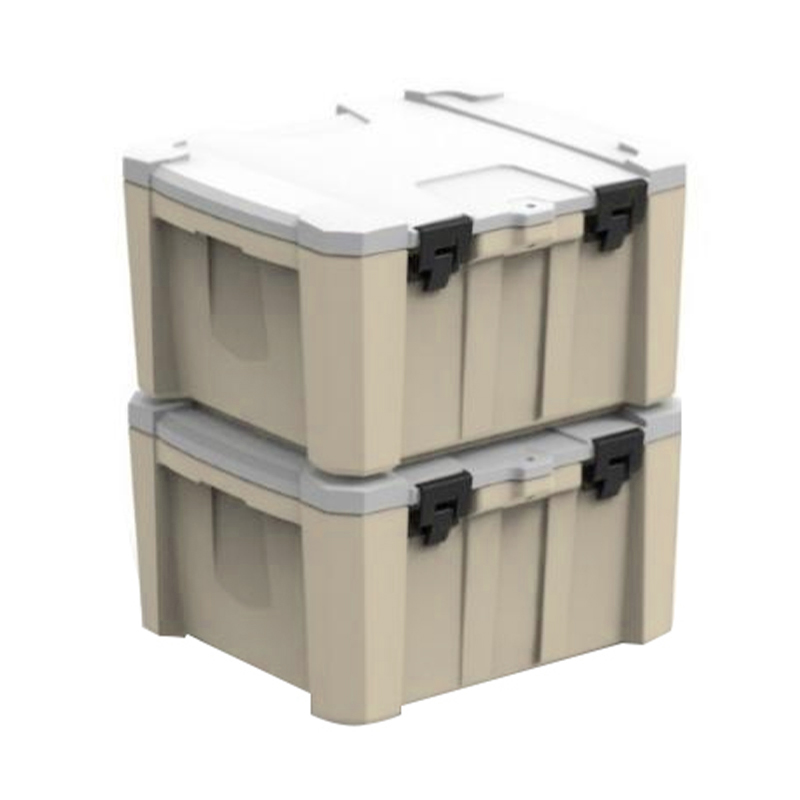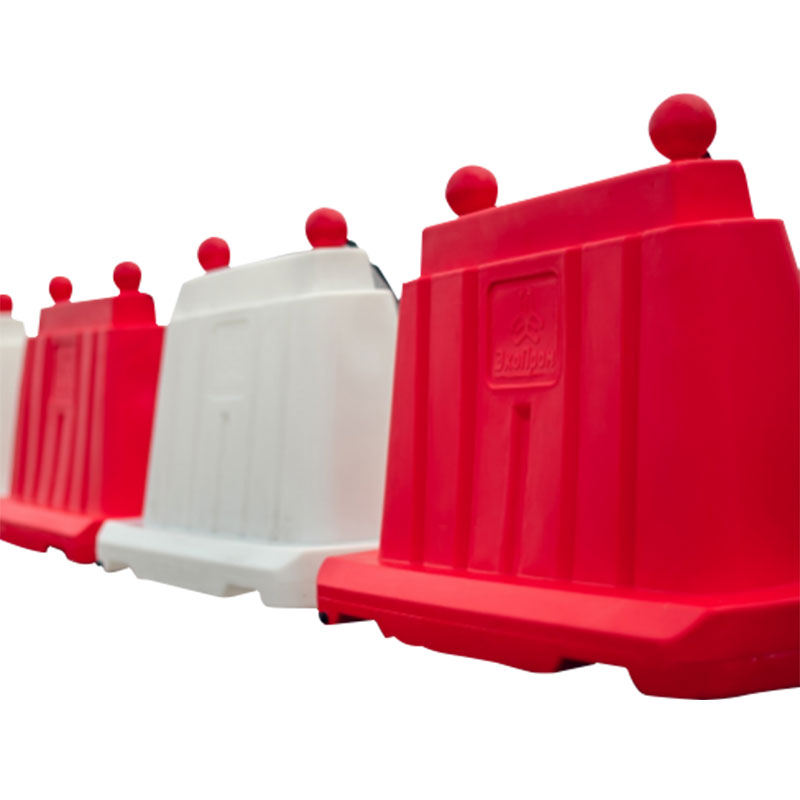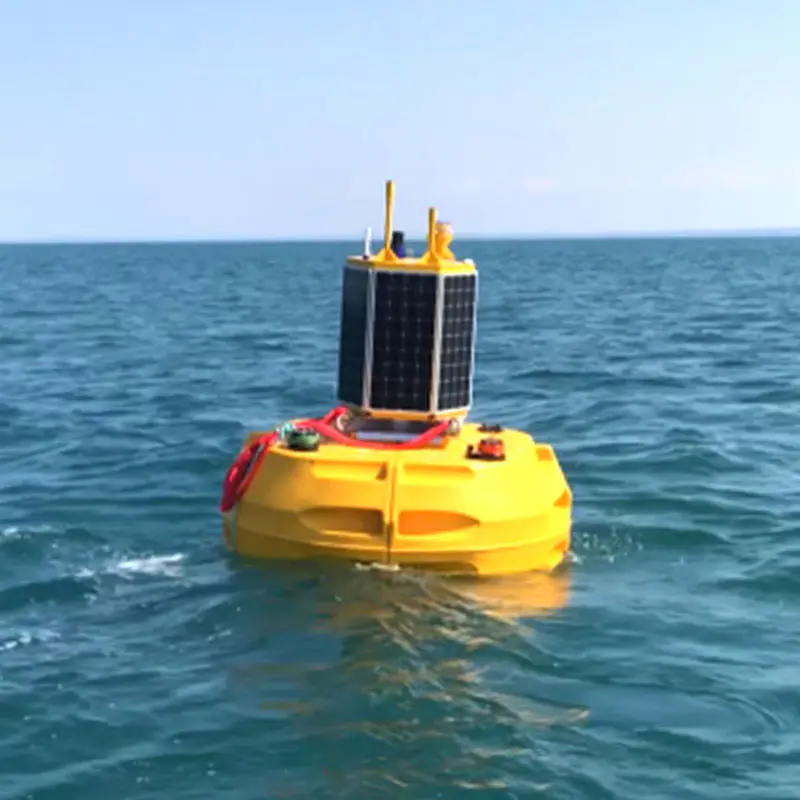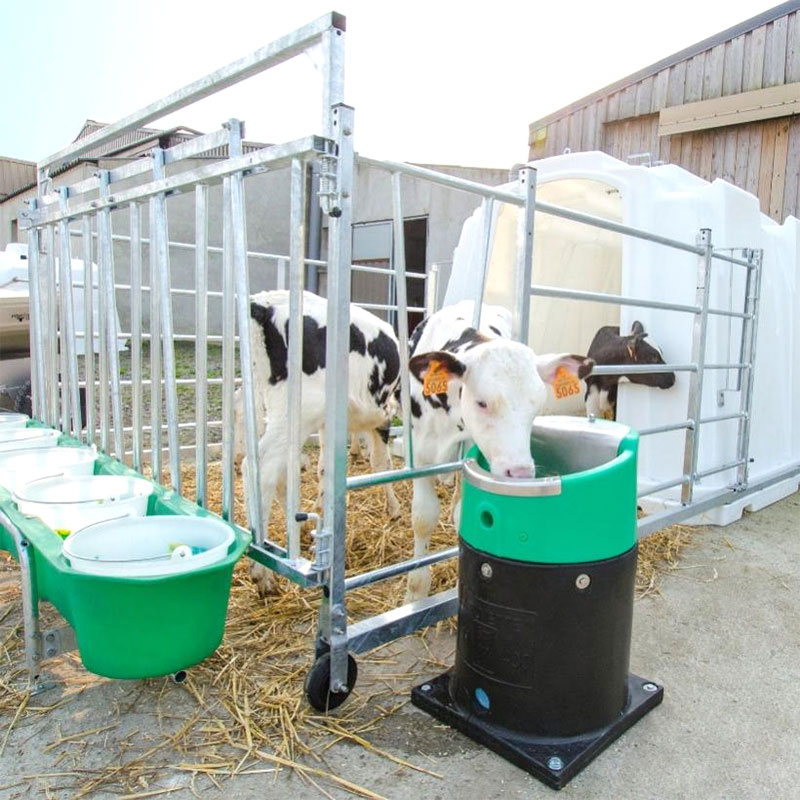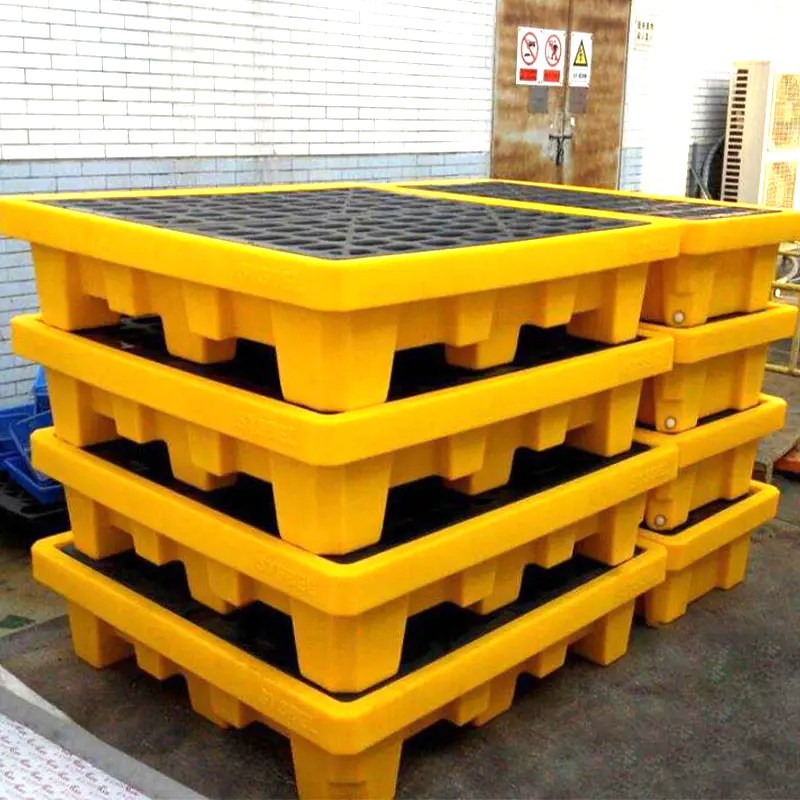Introduction to the Process and the Product
The quest for a perfect balance between aesthetic appeal and structural resilience in fencing has led to the adoption of advanced manufacturing techniques. Among these, rotational molding, or rotomolding, stands out for its unique ability to produce large, complex, and exceptionally durable hollow items. This process is particularly well-suited for the creation of rockery fence panels, which are designed to mimic the appearance of natural stone walls while offering the practical benefits of modern synthetic materials. A rockery fence rotational mold product is not simply a decorative item; it is an engineering solution tailored for long-term outdoor performance. The core of its value proposition lies in the very method of its creation.
The Fundamentals of Rotational Molding Technology
Before delving into the specifics of fence panel production, it is essential to grasp the basic principles of rotational molding. It is a low-pressure, high-temperature thermoplastic process used to create hollow, one-piece parts. Unlike injection molding or extrusion, which rely on high pressure to force material into a mold, rotomolding uses gravity and rotation to distribute the material. The fundamental components of the system are the mold, the resin, the heating chamber, and the cooling station. The mold itself is typically made from cast aluminum or fabricated sheet steel and is designed to be a negative of the final product, including the intricate details of rock textures and patterns. This mold is mounted on a machine arm capable of rotating it biaxially—that is, simultaneously on two perpendicular axes. This dual-axis rotation is the heart of the process, ensuring that the powdered resin can coat the entire interior surface of the mold evenly. The low-pressure nature of the process allows for the creation of molds with complex geometries and deep textures at a lower cost compared to high-pressure methods, making it economically viable to produce the highly detailed surfaces required for a realistic rockery fence panel. This foundational technology is what enables the production of large, robust, and consistent fencing components that are free from the structural weaknesses inherent in other manufacturing methods.
A Step-by-Step Breakdown of the Rotational Molding Process
The transformation of a powdered polymer into a finished rockery fence panel is a meticulously controlled sequence of stages. Each phase plays a critical role in defining the final product’s characteristics, from its structural integrity to its surface finish.
Stage 1: Mold Loading and Material Preparation
The process begins with the preparation of the mold and the raw material. The mold, which has been cleaned and often pre-treated with a mold release agent to facilitate part ejection, is loaded with a precisely measured amount of polyethylene powder. This powder is the raw material for the rockery fence rotational mold product. The choice of polyethylene is pivotal; it is typically a linear low-density or cross-linkable grade formulated with specific additives. These additives include UV stabilizers to prevent degradation from sunlight, pigments for consistent and lasting color throughout the material’s thickness, and anti-oxidants to enhance thermal stability during processing. The precise measurement of the powder, often referred to as the “charge,” is critical. It directly determines the wall thickness of the final fence panel. Too little powder results in thin, weak spots, while too much can lead to incomplete melting or dimensional inaccuracy. Once the charge is loaded, the mold is securely closed and bolted shut to form a sealed environment, ensuring no powder escapes during the subsequent rotation and heating phases.
Stage 2: The Heating and Rotation Phase
The sealed and charged mold is then moved into a closed oven. Here, the arm of the rotomolding machine begins its biaxial rotation. The mold rotates continuously through the heated chamber, which is typically maintained at temperatures between 250°C and 400°C (482°F and 752°F). As the mold heats up, the powdered plastic inside begins to melt. The simultaneous rotation on two axes is the defining action of this stage. It ensures that the molten plastic gradually and evenly coats, or “lays up,” on the entire interior surface of the mold cavity. This is how the hollow form of the rockery fence panel is created. The slow, tumbling action of the powder, followed by the sintering and melting of the material, allows it to flow into every minute detail of the mold—perfectly capturing the intricate textures of natural stone, from rough-hewn surfaces to subtle fissures and grooves. This phase continues until all the powder has been melted and a homogeneous layer of plastic has fused onto the mold’s inner walls. The consistency of the rotation speed and the even distribution of heat are paramount to achieving a uniform wall thickness, which is a cornerstone of the product’s durability.
Stage 3: The Cooling and Solidification Phase
After the heating cycle is complete and the plastic has fully coalesced, the mold is transferred to a cooling station. The biaxial rotation does not stop during this phase. The cooling process must be carefully controlled to ensure the material solidifies correctly and to prevent warping or distortion of the final part. Cooling is typically achieved through a combination of air and water sprays. The initial air cooling brings the temperature down gradually, after which water sprays are applied to expedite the final solidification. This controlled cooling is essential for managing the crystallinity of the polyethylene, which directly affects the panel’s impact strength and dimensional stability. As the plastic cools, it shrinks slightly. This natural shrinkage helps the newly formed rockery fence panel to release from the mold surfaces. The continuous rotation during cooling ensures that the part maintains its shape and does not sag or deform as it transitions from a molten to a solid state.
Stage 4: Part Ejection and Finishing
Once the mold and the part within have cooled to a safe handling temperature, the rotation stops. The mold is opened, and the finished rockery fence panel is removed. A key advantage of the rotational molding process is evident at this stage: because the mold is not under high pressure, it can be designed to incorporate undercuts and complex details, and the part can be removed without the need for complex ejection systems. The resulting product is a single, seamless unit. After ejection, any minor ancillary finishing operations may be performed. This can include trimming of any minor flashing from the mold parting line and a final quality inspection. The inspection checks for consistency in color, wall thickness, structural integrity, and the fidelity of the textured surface. The panel is now complete, ready for packaging and distribution, representing the final output of the sophisticated rockery fence rotational mold manufacturing cycle.
The Hallmark of Seamlessness: Structural and Aesthetic Advantages
The seamless nature of a rotomolded rockery fence panel is its most significant structural advantage. In contrast to fencing made from assembled parts, glued sections, or thermoformed sheets, a rotomolded panel is a monolithic, one-piece construction. This lack of seams, joints, or welded areas eliminates the most common points of failure in a product designed for outdoor use.
Structurally, seams are inherent weak points where stress can concentrate, and where water, dirt, and biological contaminants can infiltrate. In a rockery fence rotational mold product, the absence of these joints means there are no paths for water ingress that could lead to internal damage, freeze-thaw cracking in cold climates, or the retention of moisture that promotes mold and mildew growth. The uniform, continuous wall provides consistent strength across the entire panel, enhancing its resistance to impact. When struck, the force is distributed across the entire hollow structure, rather than being concentrated at a vulnerable seam, which could split or break. This monolithic construction is a direct result of the powder-based, biaxial rotation process that builds the panel from the inside out as a single, unified entity.
Aesthetically, the seamless build contributes to a more authentic and high-quality appearance. The realistic rock texture and pattern flow uninterrupted across the entire surface of the panel, without being broken by visible joining lines or inconsistencies at assembly points. This creates a more convincing simulation of a natural, dry-stacked stone wall. For wholesalers and buyers, this means offering a product that not only promises long-term durability but also delivers a superior, uninterrupted visual appeal that is highly valued in residential and commercial landscaping projects. The search term “seamless rockery fence” is often used by discerning customers and landscapers seeking this very combination of unbroken aesthetics and robust construction.
Engineering Durability: Key Performance Characteristics Imparted by Rotomolding
The rotomolding process does not just create a shape; it engineers a set of performance characteristics that define the long-term durability of the rockery fence panel. These characteristics are intrinsic to the manufacturing method and the material choices.
Impact Resistance and Toughness: The polyethylene resin used, combined with the way it is slowly melted and fused, results in a material that is exceptionally tough. Polyethylene is naturally a resilient polymer, and the rotomolding process preserves its long-chain molecules, granting the final product high impact strength. This makes the fence panel highly resistant to damage from accidental impacts, such as from lawn equipment, thrown objects, or harsh weather events. Unlike a brittle material that might shatter, a rotomolded panel will typically dent or deform under extreme force without cracking, retaining its structural role and weatherproofing.
Weatherability and UV Stability: A fence is a permanent outdoor fixture, constantly exposed to the elements. The rockery fence rotational mold process allows for the thorough integration of additives directly into the polymer matrix. UV stabilizers are compounded into the powder before molding, ensuring they are evenly distributed throughout the entire wall thickness of the panel. This prevents the fading, chalking, and embrittlement that can occur in superficially coated or lower-quality materials. The result is a product that retains its color and mechanical properties for many years, even under continuous sun exposure. This aligns with common buyer queries for “UV resistant garden fence” and “long-lasting outdoor wall panels.”
Chemical and Corrosion Resistance: Unlike metal fences that can rust or wood that can be damaged by fertilizers or pesticides, polyethylene is highly inert. It is resistant to a wide range of chemicals, including those commonly found in soil and garden maintenance products. It will not corrode, rot, or degrade from moisture alone. This chemical inertness also makes the panels easy to clean and maintain.
The following table summarizes these key durability characteristics and their root cause in the process:
| Durability Characteristic | Root Cause in Rotomolding Process |
|---|---|
| High Impact Resistance | Tough polyethylene resin fused into a seamless, stress-dissipating hollow structure. |
| Excellent Weatherability | Uniform distribution of UV stabilizers and antioxidants throughout the entire wall thickness. |
| Corrosion & Rot Resistance | Inherent chemical inertness of the polyethylene material. |
| Temperature Tolerance | Material flexibility allows for expansion and contraction without cracking in freeze-thaw cycles. |
| Structural Integrity | Consistent wall thickness and absence of welded or glued seams. |
Functional and Economic Benefits for the Market
The technical advantages of the rockery fence rotational mold process translate directly into tangible benefits that are highly attractive in the marketplace. For wholesalers, buyers, and ultimately the end-user, these benefits represent significant value.
Low Maintenance Requirements: A primary selling point is the minimal maintenance required. There is no need for painting, staining, or sealing, as with wood. There is no risk of rust, requiring no anti-corrosion treatments, as with metal. The color is integral to the material, so scratches are far less noticeable, and the surface can typically be cleaned with just soap and water. This addresses a major pain point for homeowners and property managers, making the product an easy-to-sell solution for those seeking “low maintenance fencing solutions.”
Ease of Installation and Handling: While the panels are robust, the hollow construction makes them significantly lighter than a real stone wall or even concrete alternative fencing. This reduced weight simplifies handling, transportation, and installation. It can lead to lower shipping costs for distributors and faster, less labor-intensive installation for landscapers, as it often does not require heavy machinery or specialized foundations.
Long-Term Cost-Effectiveness: The initial investment in a high-quality rockery fence rotational mold product is often justified by its lifecycle cost. The combination of extreme durability, resistance to environmental degradation, and zero ongoing maintenance costs means that the total cost of ownership over many years, or even decades, is highly competitive. It is a product that will not need to be replaced or significantly repaired for a very long time, providing excellent return on investment. This is a key point for B2B communication, focusing on “total cost of ownership for fencing” and “durable landscaping products.”
Design Versatility: The rotomolding process allows for a high degree of design flexibility. Manufacturers can create a wide range of rock textures, colors, and panel sizes to suit different architectural styles and customer preferences. This allows wholesalers to offer a diverse catalog from a single, reliable manufacturing technology.

 English
English 中文简体
中文简体 русский
русский Español
Español